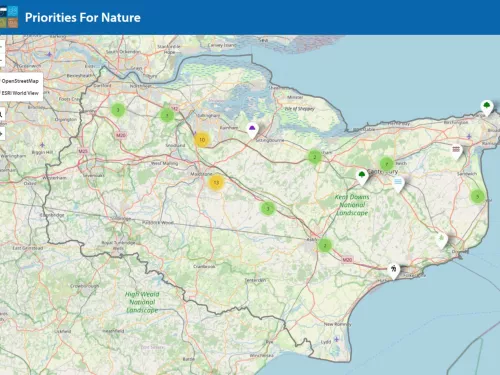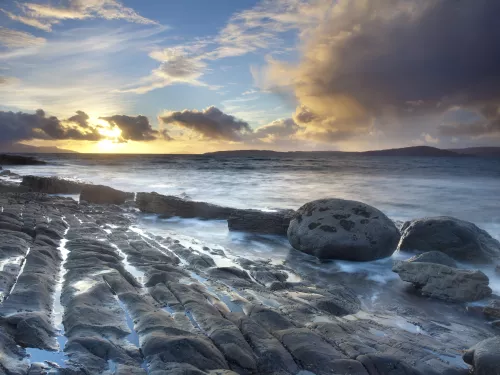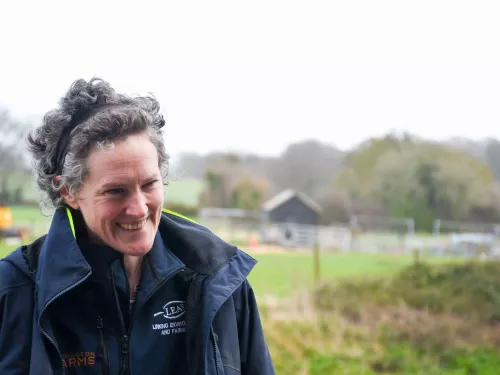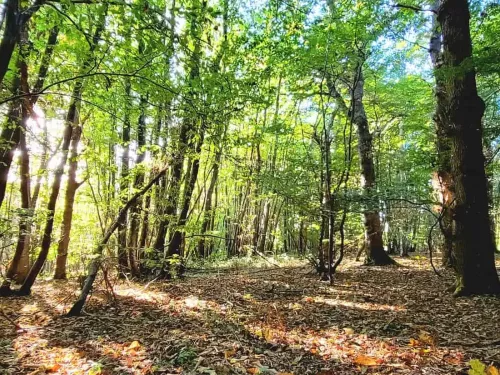
Growth on the horizon: Local Nature Recovery Strategies
Local Nature Recovery Strategies (LNRS) are developing a spatial plan for nature and environmental improvement that will underpin England’s emerging Nature Recovery Network.
Learn more about the wildlife and wild places in Kent and beyond.

Local Nature Recovery Strategies (LNRS) are developing a spatial plan for nature and environmental improvement that will underpin England’s emerging Nature Recovery Network.

The Making Space for Nature Project is leading on Kent and Medway’s Local Nature Recovery Strategy (LNRS). A team has been in place since October, engaging with stakeholders about nature recovery plans for Kent's future.

In the 9th episode of Talk on the Wild Side, Rob Smith talks to Emma Loder-Symonds about Nonington Farm (near Canterbury) and their regenerative approach to farming. They have managed to cut costs AND fertilisers and pesticides, while keeping yields high. Rob also talks to Liz Milne, the Natural Environment and Coast Manager for Kent County Council about the Local Nature Recovery Strategy for Kent.

Kent’s landscape is diverse. From the rolling chalk grasslands, humming with insects in the summer, or the quiet reverence of ancient woodlands, to the iconic white cliffs that frame our coastline. These habitats support species of county and national importance, and for those of you that have explored Kent’s countryside, you will no doubt appreciate how special they are.

Rory Harding explores how Kent Wildlife Trust are getting involved in the developing Local Nature Recovery Strategy for Kent and Medway and why.

“A wildlife-rich natural world is vital for our wellbeing and survival. We need wild places to thrive. Yet many of our systems and laws have failed the natural world. We now live in one of the most nature depleted places on the planet. Nature urgently needs our help to recover – and it can be done.” Sir David Attenborough